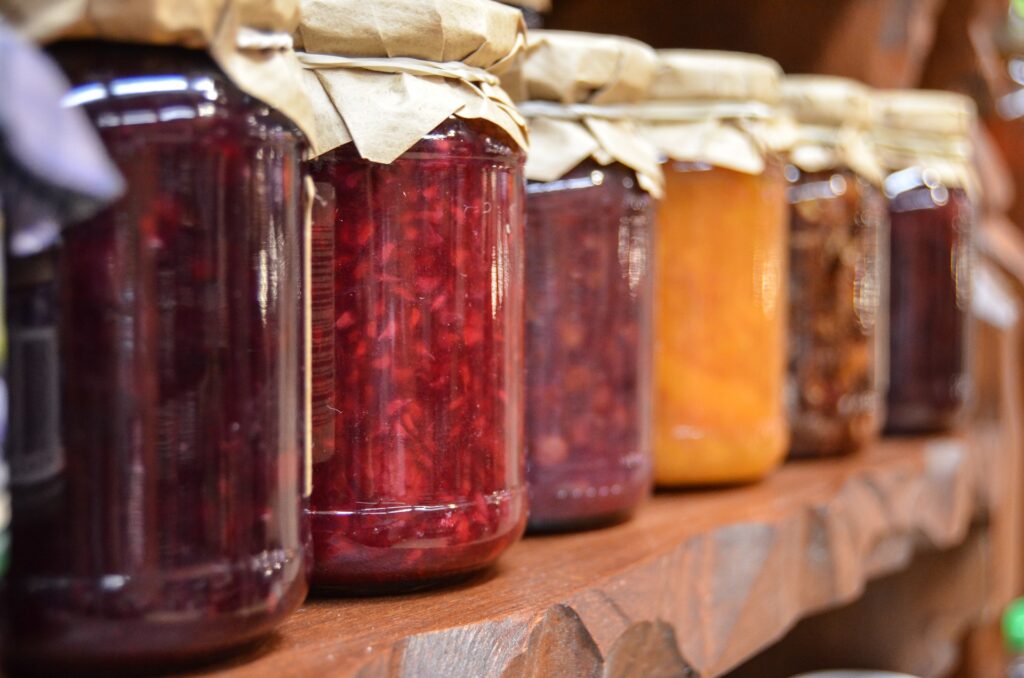
Food waste is a huge economic, environmental, and ethical problem globally. For households, it can be costly but there are some simple things we can do to reduce the amount of food (and dollars) wasted each week. Proper food storage practices keep food fresh for longer and reduce food waste (check out my post on Food Storage Tips). In addition to proper food storage practices, food preservation methods can also be used to extend the shelf life of your food. Check out these fun and simple ways to preserve food at home.
Canning
While there are three methods of canning (water bath, pressure canning, steam canning) it generally involves placing foods in jars (or airtight containers) and heating them to a temperature that destroys harmful microorganisms and enzymes that could cause the food to spoil. Be it pineapple, peaches or beans, most of us have bought some form of canned food from the supermarket. But canning your own food can be a great way to extend the shelf life of food or produce you have too much of at home. Most fruits and vegetables are suitable for canning but foods high in acidity are ideal. Canning is usually used along with other methods of food preservation, some of which I discuss below.
Pickling
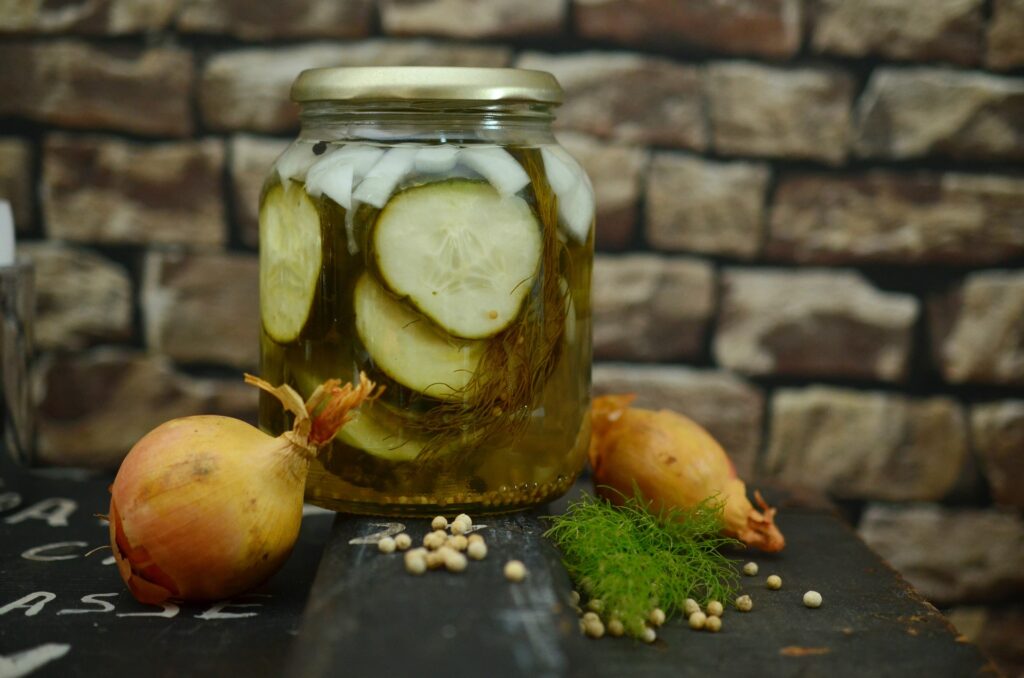
Pickling can be considered another form of canning and involves preserving food like vegetables or fruit in an acidic liquid like vinegar, or brine, along with salt and spices. Not only can this reduce food waste, but it’s also a great way to add layers of flavour to your meals. Usually, when we hear the term pickles we think of cucumbers but many other foods are great pickled. Try pickling foods like carrots, beets, olives, peppers, and my favourite… onions. I always have pickled red onions on hand – it’s great on tacos and salads.
Freezing
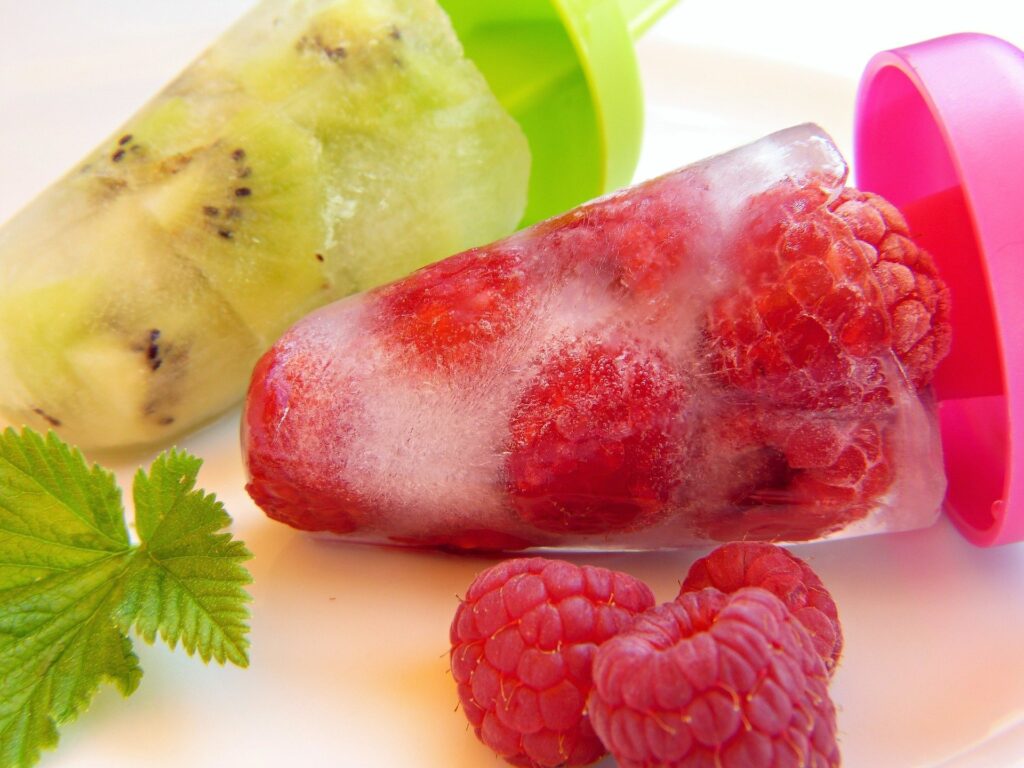
Freezing is one of the simplest and most effective ways to increase the shelf life of your food at home, reduce waste, and save money. If properly stored, frozen food can last for months as bacteria growth is inhibited. It’s a great way to preserve raw meat, excess fruits and vegetables. This method is my go-to when I have too many fruits on hand and want to keep them from spoiling (this often results in delicious smoothies later on). I usually get lemon in droves and (while I give some away) I just can’t seem to use them fast enough. So, I’ve started juicing the lemons, freezing them in ice cubes, and using them as needed. This allows me to avoid wastage but I also benefit from having lemon juice in and out of season.
Drying/Dehydrating
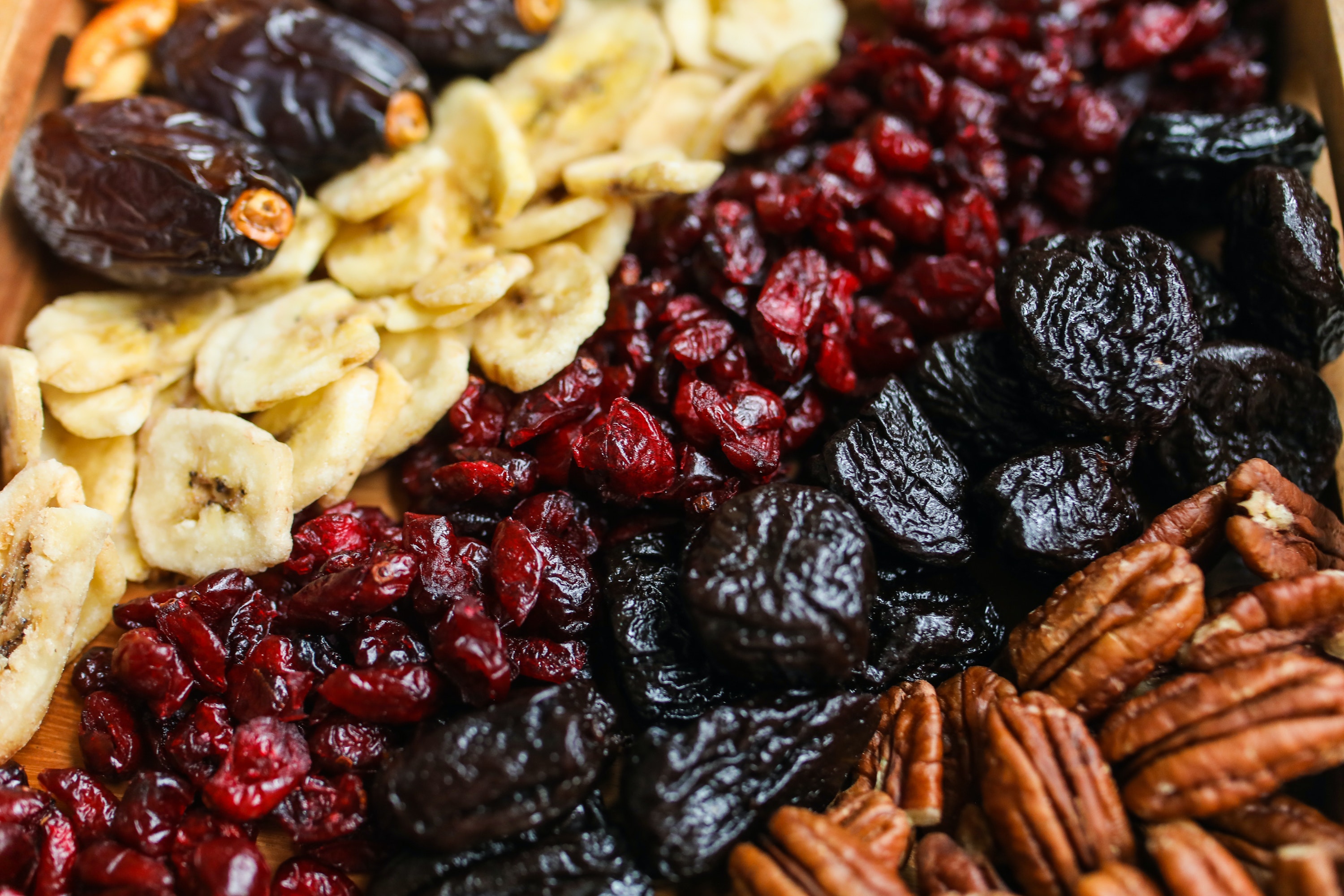
Dehydration preserves food for indefinite periods by extracting the moisture, thereby inhibiting the growth of microorganisms. It is one of the oldest methods of food preservation dating back to prehistoric times when it was used in sun-drying seeds. From fish to herbs, a variety of foods can be preserved through drying. It’s a great way to create more concentrated and aromatic flavours. Fruits and herbs are ideal for drying at home and can be done via sun-drying, baking sheets, using a dehydrator (small appliance) or through storage in hot low moisture conditions. In my childhood home, it almost felt like a crime to throw away orange peel (rind). My parents would dry the peels and made lovely aromatic teas with them.
Jamming and Jellying
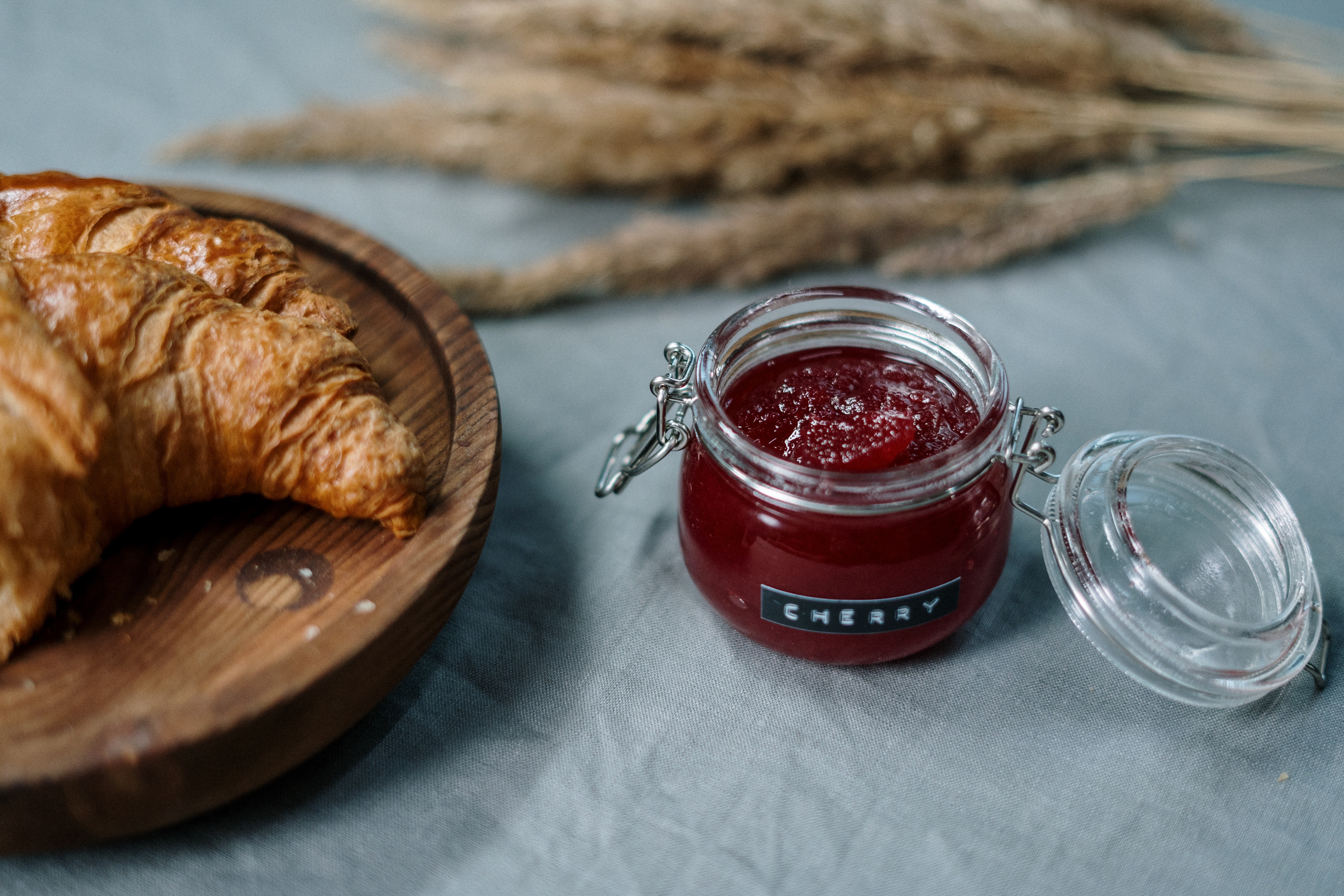
Preparing jams and jellies can be a fun and delicious means of preserving excess fruits at home. These sweet treats have a very high sugar content. The sugar acts as a preservative as it binds with the liquid present, making it difficult for microorganisms to grow. Jams and jellies are often canned, frozen or refrigerated to avoid contamination, prevent yeast and mould growth.
Fermenting
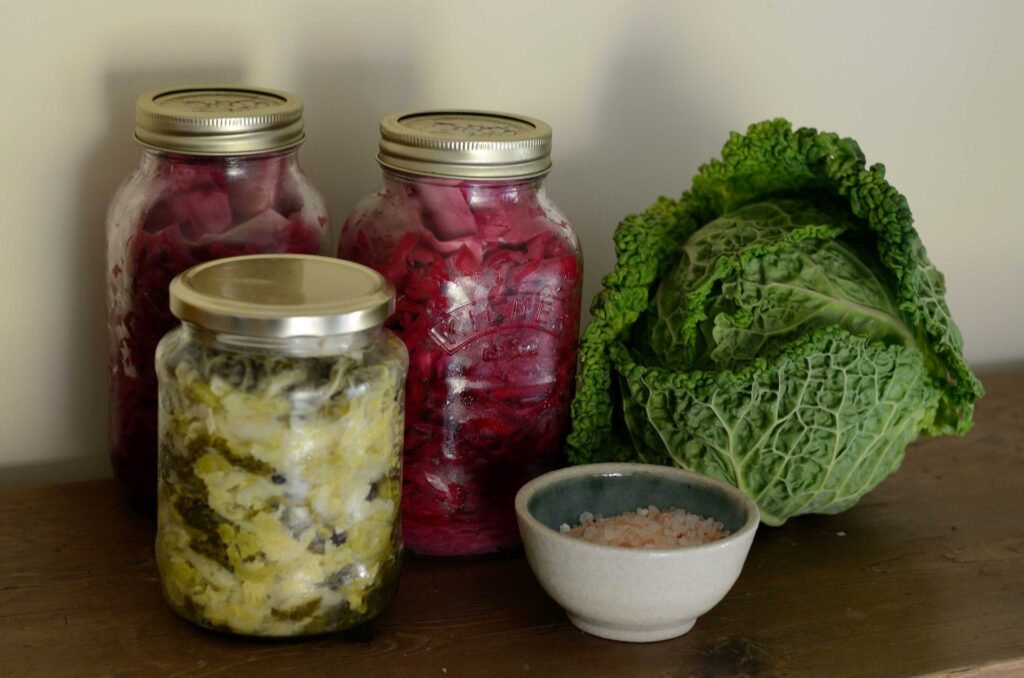
Fermentation has produced many of the foods we love like yoghurt, cheese, wine, and sauerkraut. Fermentation is a natural process through which microorganisms like yeast and bacteria convert carbs into alcohol or acids. The alcohol or acids act as a natural preservative and give fermented foods a distinct zest and tartness. There are several benefits to consuming fermented foods. Fermentation promotes the growth of beneficial bacteria known as probiotics which help break down nutrients in food, making them easier to digest than their unfermented counterparts. Overall, fermented food improves digestive health and promotes stronger immunity. Grab a cabbage, salt and some caraway seeds to get started on your own sauerkraut and enjoy some of the benefits of fermented foods.
Canning, pickling, freezing, drying, fermenting, jamming and jellying, are all simple methods you can use at home to make food last longer and thus, reduce waste. What’s more, these activities can become great hobbies… hobbies that actually save you money!.





These are tested and proven tricks to prevent spoilage and wastage of food (speaking as a person with a background in food. Definitely will save us some 💵. Thanks !
♥️
Thanks for the lesson. Showing some love just for how well written this article was- I enjoyed the writing style.
♥️